Whether your home is old, new, large, small, owned, or rented, there’s likely a heat pump that will keep the temperature of the unique space you live in exceptionally comfortable. In the summer, heat pumps pull heat from inside your house and move it outside to cool things down. During the winter, they pull heat from outside and pump it into your house to keep things warm. It’s actually the same way your refrigerator works.
Heat pumps come in all shapes and sizes, work well in a wide range of temperatures, and are incentivized by the federal government (and some state and local governments too).
Heat Pump Options for Every Home
Because your home may or may not have a duct system, or abundant outdoor space to house a large unit, there are a variety of solutions to explore.
1. Standard Heat Pump HVAC System
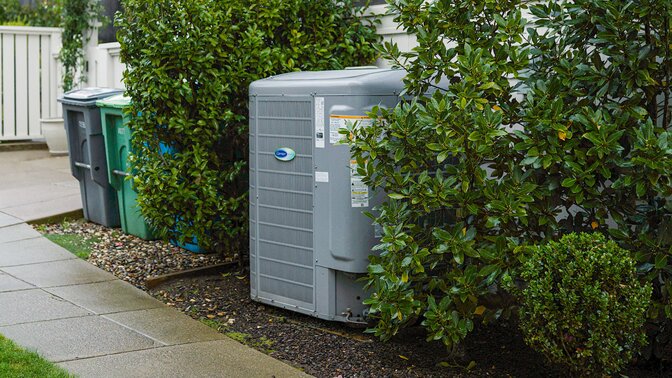
If your home already has a ducted Heating, Ventilation, and Air Conditioning (HVAC) system, switching to a heat pump can be relatively easy. A contractor can also assess if the existing ducting systems are well sealed and right sized to make for efficient heat pump operation. You can replace your existing furnace and air conditioner with a single standard heat pump HVAC system that provides both heating and cooling - saving space and cost.
A heat pump looks nearly identical to a regular air conditioner. It’s a big square box that houses both a condenser unit (which looks like a big fan) and an air handler which transfers heat from the refrigerant to the air that travels through your home’s ducts.
2. Ducted Mini-Split System
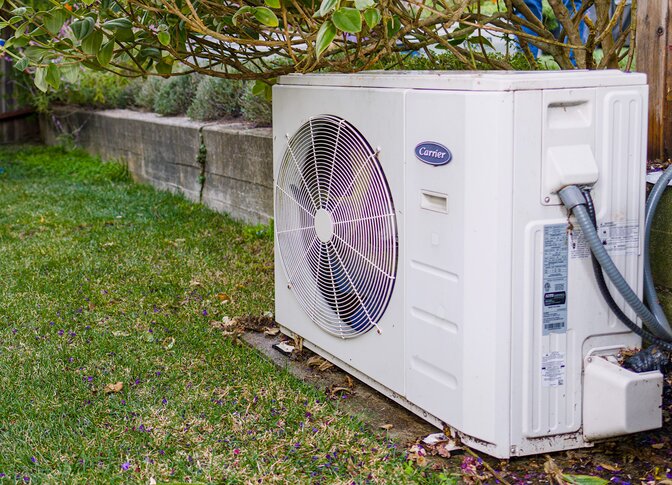
Ducted mini-split systems are similar to standard HVAC systems, but they provide added flexibility. These types of air pump systems separate (split) the condenser and the air handler. The condenser unit is fairly small and is usually located on the ground around a home or in a backyard. This small outdoor condenser unit is connected to an indoor air handler, which can be installed separately in a discreet location. A refrigerant line then runs from the condenser unit to the air handler. That air handler is connected to the ducts that deliver the heating and cooling to your home. This setup makes them ideal for homes with limited outdoor space.
3. Ductless Mini-Split System
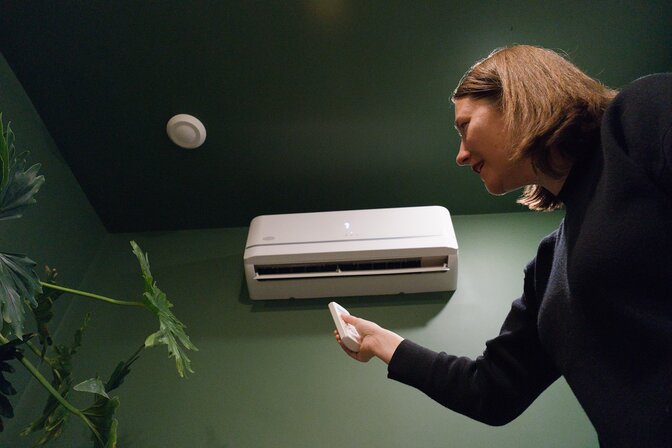
For homes without ductwork, a ductless mini-split system is a great solution. Each room has its own air handler, allowing you to control the temperature independently. This zoning capability ensures you only use energy where needed, saving on energy costs.
This system utilizes the same small outdoor condenser unit that the ducted mini-split uses. However, the indoor component lives on your wall, or can be embedded into your ceiling. This system is great for retrofits and for homes without ducts, or using existing baseboard heating. Each room has its own unit and thermostat allowing for different comfort needs between a bedroom and living spaces. It uses the refrigerant delivered from the condenser unit to deliver warmth or cooling at the desired temperature.
4. Packaged Terminal Heat Pump (PTHP) Units
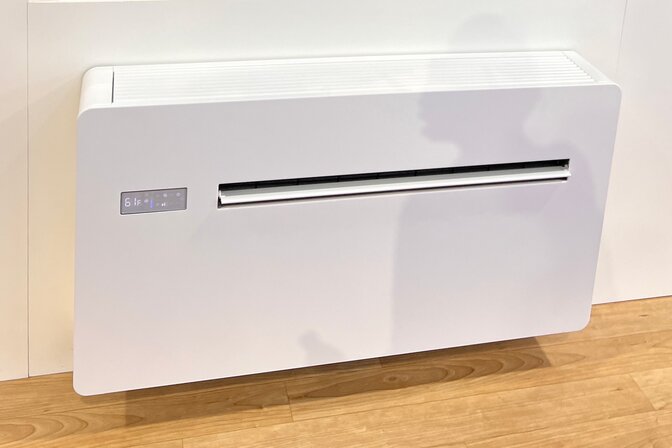
If you live in a small space, lack outdoor space, or can't make major modifications to your home, consider a packaged terminal heat pump PTHP unit. These are compact, all-in-one systems that can be installed through a wall and are often used in hotels - but you likely haven’t seen this sleek new version by Ephoca.
5. Plug-in Window Heat Pump Units
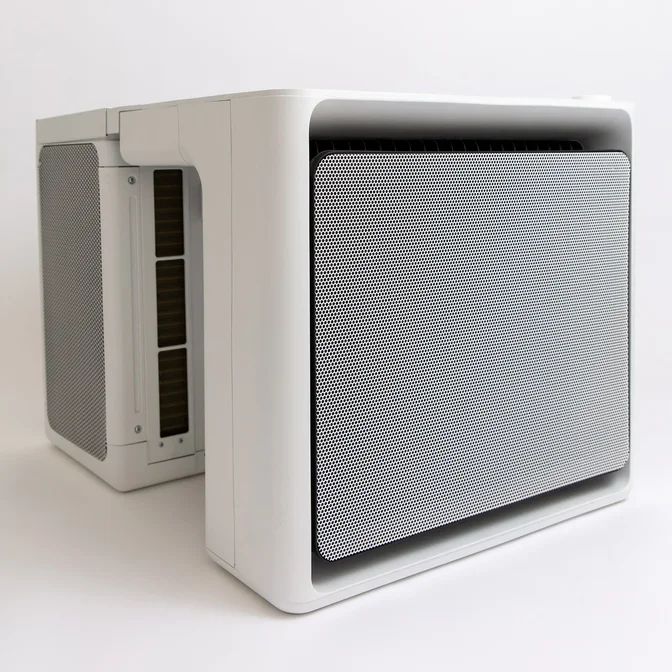
For renters or those who cannot make permanent changes to their house or apartment, plug-in window heat pump units are an excellent choice. They are easy to install, run on standard 120V outlets, and provide both heating and cooling without needing professional installation. These also work in both warm and cold climates like the Gradient All-Weather 120V Window Heat Pump pictured above.
With all the various options available, finding the right heat pump for your home is easier than ever. You can get started by using The Switch Is On product finder tool.